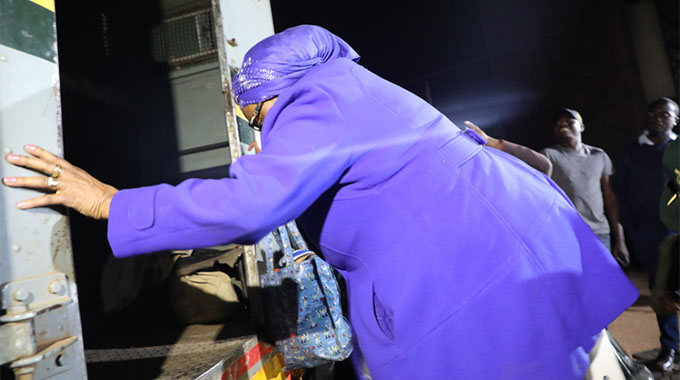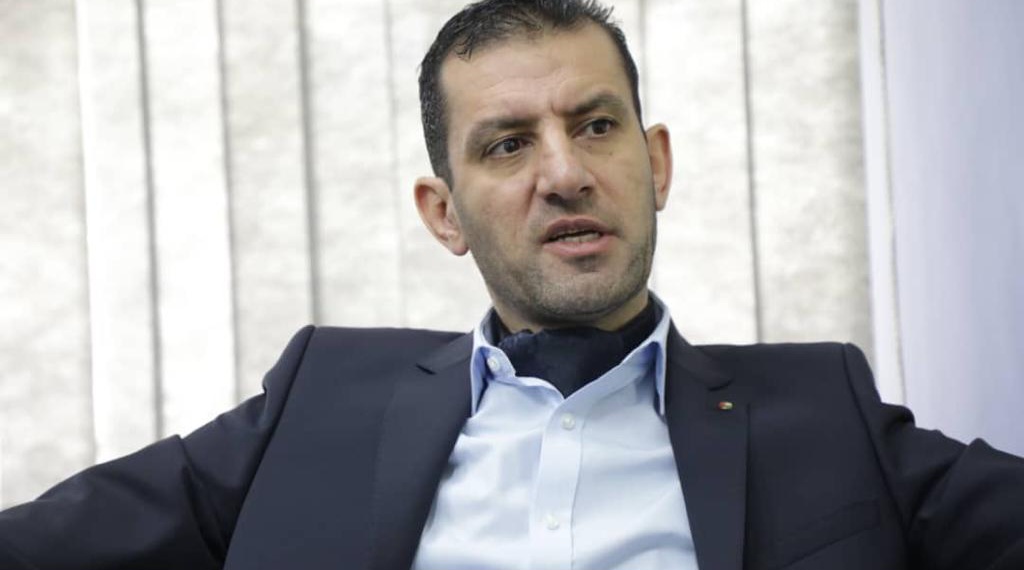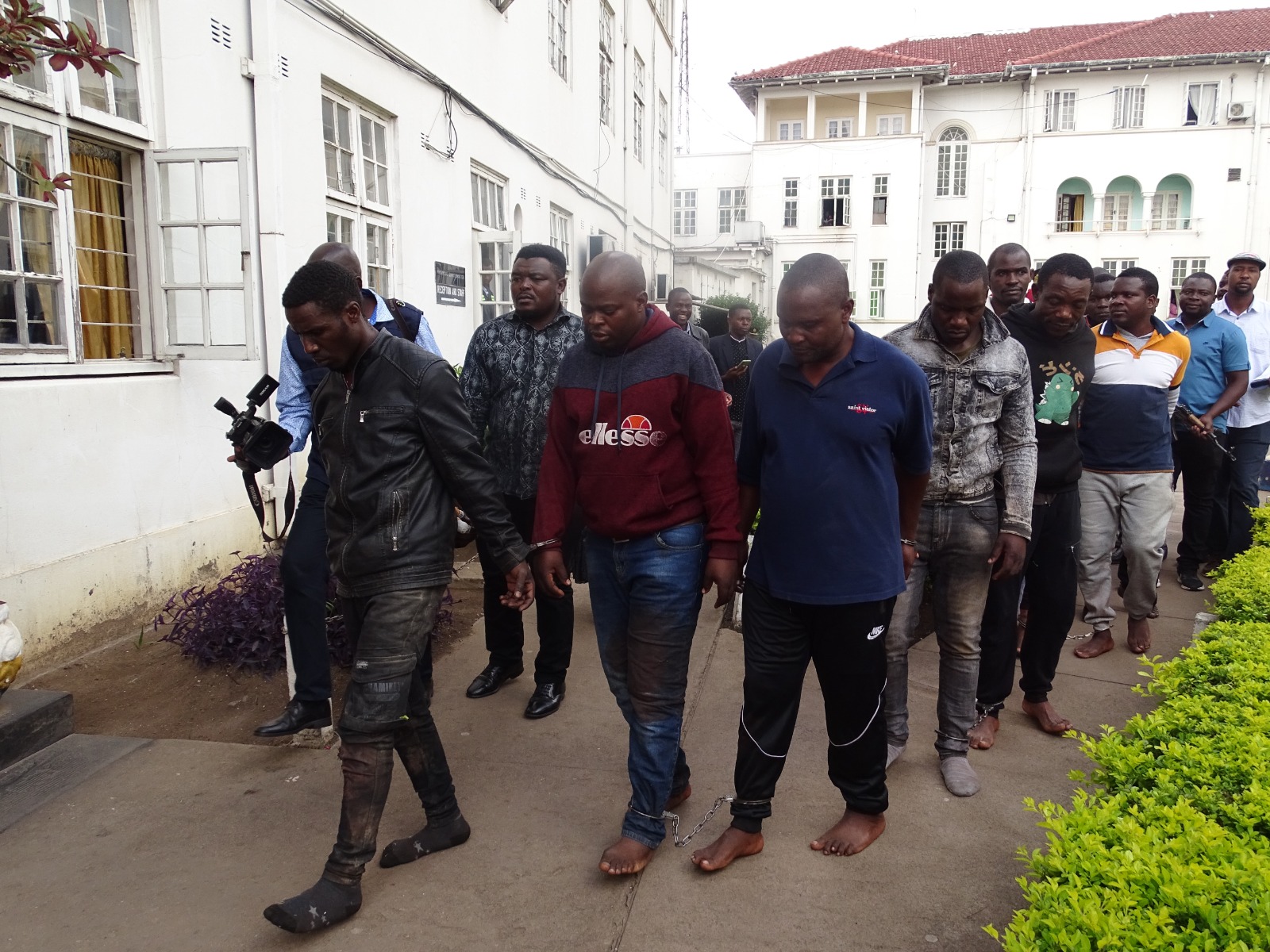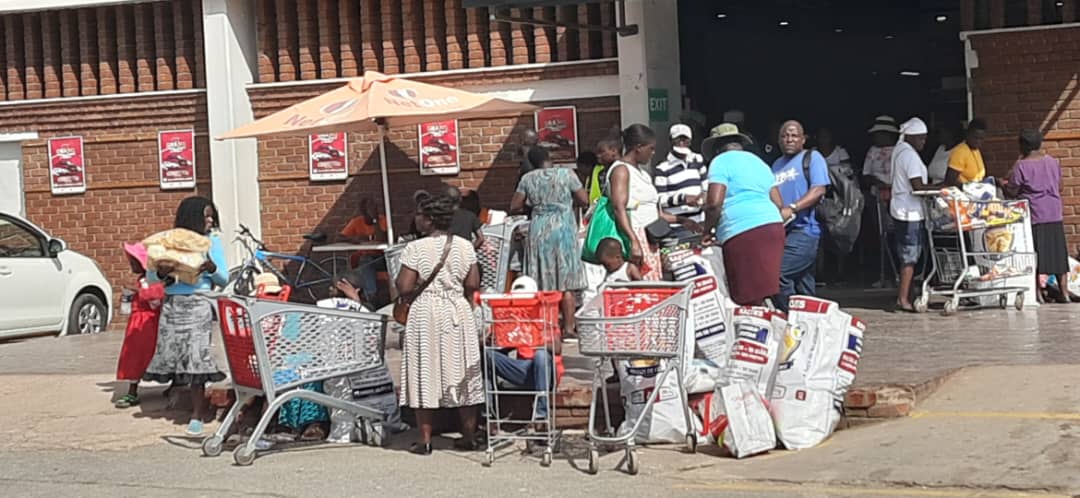President opens Dry Port

Tinomuda Chakanyuka in WINDHOEK, Namibia
PRESIDENT Mnangagwa yesterday opened Zimbabwe’s dry port facility at Walvis Bay here, which is expected to provide a strategic and cheaper gateway to the Atlantic Ocean for local manufacturers and international businesses.
A dry port is a city away from a sea where formalities for exports or imports (through the sea) are completed and shipments sent from there to sea ports for loading on ships where no more paperwork is required.
Now that the dry port has been launched, President Mnangagwa said Zimbabwe and Namibia were considering constructing a railway line linking the two countries to further enhance the movement of goods to and from the port.
The dry port facility was built on an estimated 19 000 square metres given to Zimbabwe by Namibia on a lease agreement of over 50 years.
President Mnangagwa said when the dry port becomes operational, “many things will need to be done”.
“I have been discussing with my colleague and counterpart Mr President, how we should improve the land connection now from here to Zimbabwe. The biggest possibility is the construction of a railway line,” he said.
President Mnangagwa said the dry port was expected to help foster regional integration as it will not benefit Zimbabwe alone, but other countries in SADC.
He said presently, Zimbabwe and other landlocked countries in SADC rely on Beira, Maputo and Durban ports, which are now congested.
This provides logistical challenges for exporters and importers in the respective countries.
President Mnangagwa said the dry port was an alternative and shorter route for transportation of goods to and from the respective countries.
“This dry port infrastructure will go a long way towards the realisation of economic development and integration of our countries. It’s not only going to serve Zimbabwe.
“It is going to serve Zimbabwe Botswana, Malawi, Zambia and possibly DRC. This facility provides us in Zimbabwe with a direct alternative shipping route on the Atlantic side for both exports and imports from the Americas, the Far East, Europe and West Africa.
“It will further broaden the prospects of our companies to increase trade within the context of African (Continental) Free Trade Area (AfCFTA), by promoting inter-African trade,” he said.
The dry port, President Mnangagwa said, was richly endowed with the vital integrated infrastructure networks that link several transport corridors and connect SADC to Comesa, the East African community and beyond.
He said such corridors as the Trans-Kalahari, the Trans-Kapriv, the Trans-Kunene and Trans-Orange – which link several southern, eastern and central African countries – offer Zimbabwe plenty of opportunities and options, and access to vast markets and destinations.
President Mnangagwa said while initiatives such as the Belt and Road Initiative by China had ensured landlocked countries like Zimbabwe become land-linked, establishment of a Dry Port at Walvis Bay, further upgrades the country to be seas-linked.
“So we have been running with that adage that Zimbabwe is land-linked and not anymore landlocked. But today (yesterday) here at Walvis Bay, they have improved again; we have now been told that Zimbabwe is not land-linked but seas-linked.
“This now means that Zimbabwe’s frontiers actually share the waters of the Atlantic. I am grateful,” he said.
The President expressed his indebtedness to Namibia for granting Zimbabwe land to build a Dry Port.
“We are indebted to the Government and people of Namibia for granting us this rare gift to enable Zimbabwe to be part of Namibia’s grand plan to make Walvis Bay Port a regional logistics hub in the SADC region.
“We are grateful for your vision. We are grateful for your cooperation,” he said.
President Mnangagwa implored officials from Zimbabwe and Namibia to work tirelessly to ensure that businesses and investors realise immediate benefits from the Dry Port.
Namibian President Hage Geingob said the opening of the Dry Port will unshackles landlocked neighbours.
He called for “action” and less talking to ensure citizens benefit from the Dry Port.
President Mnangagwa was in Namibia on a three-day State visit which ended yesterday.
The visit also saw him witness the signing of seven bilateral agreements between Zimbabwe and Namibia.
Meanwhile, the President returned home yesterday evening.
He was welcomed at the Robert Gabriel Mugabe International Airport by Vice President Kembo Mohadi, Minister of Defence and War Veterans Affairs Cde Oppah Muchinguri-Kashiri, Chief Secretary to the President and Cabinet Dr Misheck Sibanda, Service Chiefs and other senior Gvernment officials.






Comments